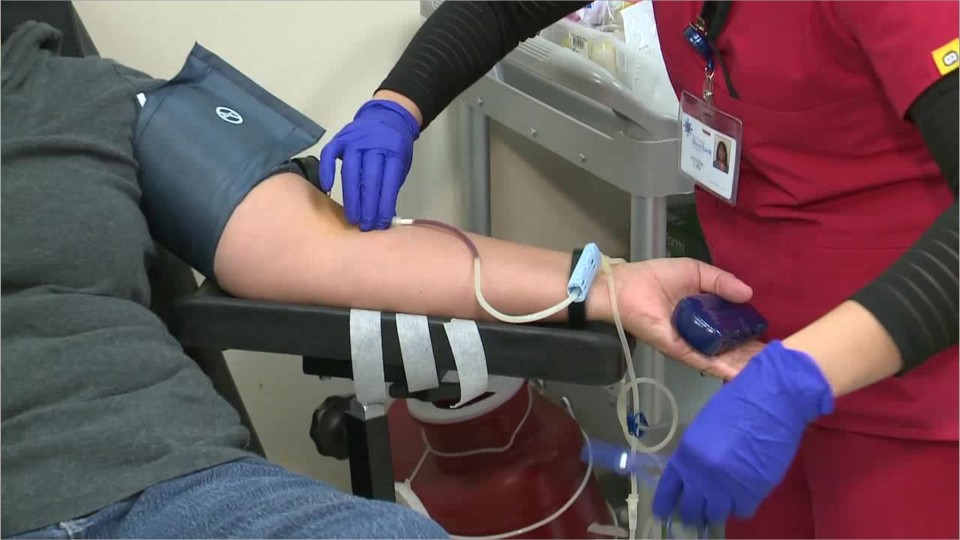Phlebotomists
Lab Liaison Technician, Mobile Examiner, Phlebotomist, Phlebotomy Technician
 Select a military branch to see samples.
Select a military branch to see samples.
Aerospace Medical Service; Aerospace Medical Service Apprentice, Independent Duty Medical Technician; Aerospace Medical Service Craftsman, Allergy/Immunization Technician; Aerospace Medical Service Helper; Aerospace Medical Service Helper, National Registry Paramedic; Aerospace Medical Service Journeyman, Flight and Operational Medical Technician; Dental Assistant; Dental Assistant Journeyman; Health Services Management Craftsman, Health Information Technology; Medical Laboratory
Combat Medic Specialist; Medical Laboratory Specialist; Practical Nursing Specialist; Unit Supply Specialist
Health Services Technician; Medical Administration Specialty
No similar titles were found.
Hospital Corpsman
No similar titles were found.
What they do:
Draw blood for tests, transfusions, donations, or research. May explain the procedure to patients and assist in the recovery of patients with adverse reactions.
On the job, you would:
- Dispose of contaminated sharps, in accordance with applicable laws, standards, and policies.
- Organize or clean blood-drawing trays, ensuring that all instruments are sterile and all needles, syringes, or related items are of first-time use.
- Draw blood from veins by vacuum tube, syringe, or butterfly venipuncture methods.
Knowledge
Business
- customer service
- administrative services
Arts and Humanities
- English language
Education and Training
- teaching and course design
Math and Science
- psychology
Skills
Basic Skills
- listening to others, not interrupting, and asking good questions
- talking to others
Social
- looking for ways to help people
- understanding people's reactions
Abilities
Verbal
- communicate by speaking
- listen and understand what people say
Hand and Finger Use
- keep your arm or hand steady
- put together small parts with your fingers
Ideas and Logic
- notice when problems happen
- use rules to solve problems
Personality
People interested in this work like activities that include practical, hands-on problems and solutions.
They do well at jobs that need:
- Cautiousness
- Integrity
- Attention to Detail
- Dependability
- Cooperation
- Stress Tolerance
Technology
You might use software like this on the job:
Medical software
- Medical procedure coding software
- MEDITECH Laboratory and Microbiology
Spreadsheet software
- Microsoft Excel
Electronic mail software
- Microsoft Outlook
Education
Education: (rated 3 of 5)
certificate after high school or
high school diploma/GED
usually needed
high school diploma/GED
usually needed
Job Outlook
Bright
New job opportunities are very likely in the future.
Explore More
- Cardiovascular Technologists & Technicians
- Histotechnologists
- Medical & Clinical Laboratory Technicians
- Medical & Clinical Laboratory Technologists
- Medical Assistants
You might like a career in one of these industries:
See more details at O*NET OnLine about Phlebotomists.





